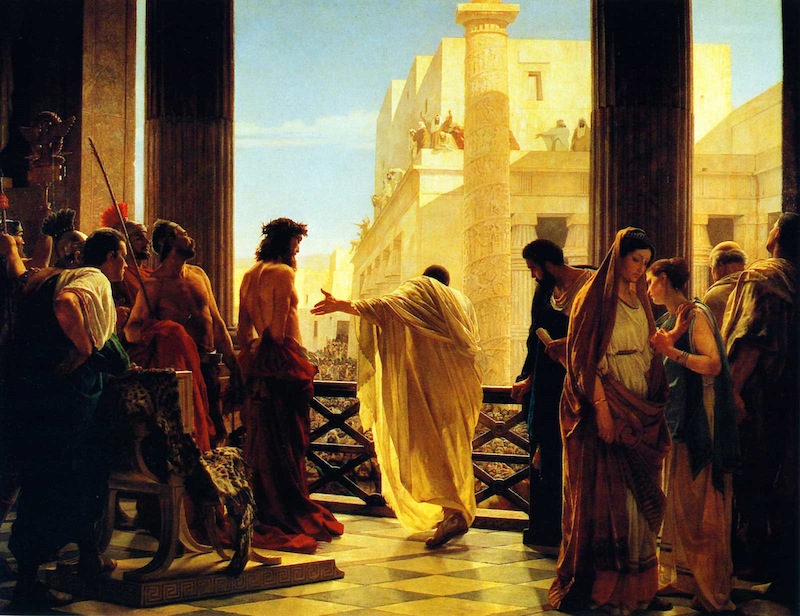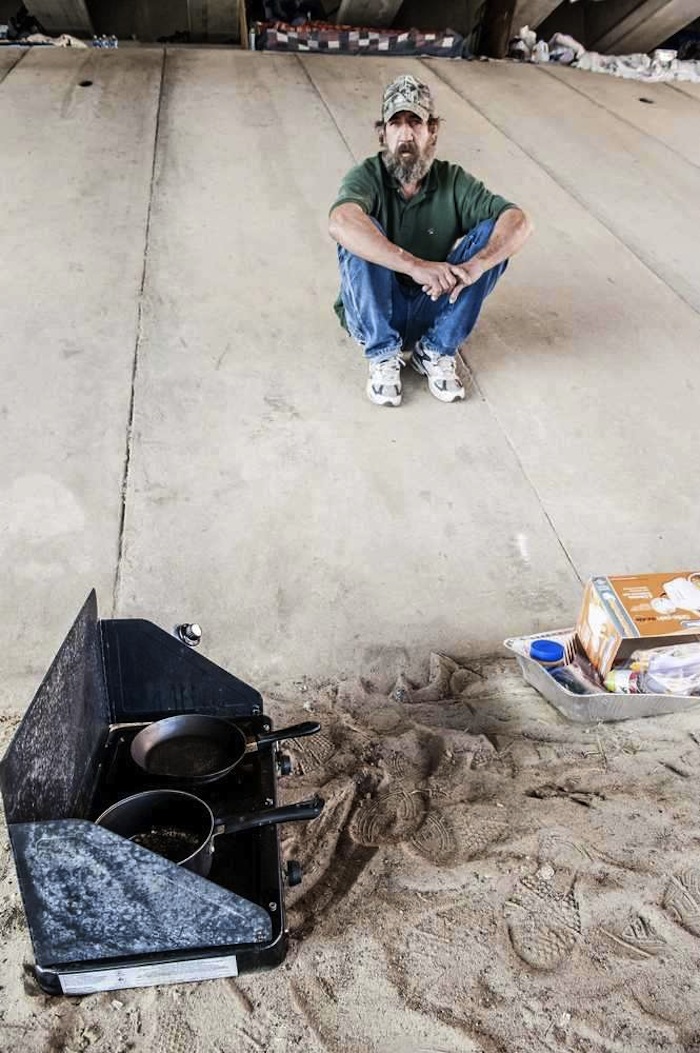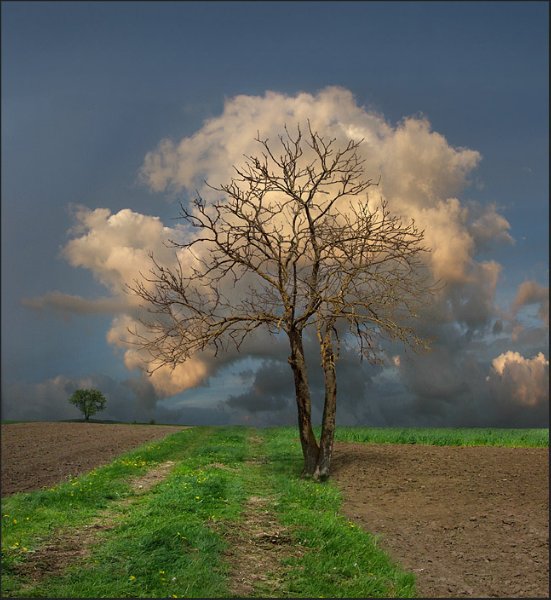The Judgment, Backwards
Justin Ryals
 I have for some time viewed the trial and death of Christ as, in a sense, the Final Judgment, only backwards. Jews of the first century had a deep expectation that the Messiah was going to come in final judgment upon the earth and rescue Israel from its enemies and set up an everlasting kingdom. Indeed, even to the very end, Jesus’ own disciples were arguing over who was to have the higher rank in that kingdom. And the judgment of God did take place, but in a way so far profoundly different from any way anyone expected. God Himself was judged, and declared guilty, and took the curse of death, which man had been long under, into his own body, and thereby broke it utterly.
I have for some time viewed the trial and death of Christ as, in a sense, the Final Judgment, only backwards. Jews of the first century had a deep expectation that the Messiah was going to come in final judgment upon the earth and rescue Israel from its enemies and set up an everlasting kingdom. Indeed, even to the very end, Jesus’ own disciples were arguing over who was to have the higher rank in that kingdom. And the judgment of God did take place, but in a way so far profoundly different from any way anyone expected. God Himself was judged, and declared guilty, and took the curse of death, which man had been long under, into his own body, and thereby broke it utterly.
But the backwardness of the judgment works on many levels in scripture. The means by which this judgment takes place is the darkest act ever committed by men — man’s judgment, condemnation, and execution of God — and yet, in astonishing irony, this is the very means by which God reconciles mankind to Himself. John emphasizes the irony of this backwardness again and again in his gospel, even from the very beginning: “He was in the world, and the world was made through Him, and the world did not know Him. He came to His own, and those who were His own did not receive Him” (1:10-11). Tragically backwards.
Yet, though I had seen the trial and death of Christ in this backwards sense for some time, not until recently did it strike me so forcibly how explicitly and intentionally John cast Christ’s trial and judgment in this backward way. First of all, Jesus is given a mock crown and a mock purple robe (the imperial, royal color) and given mock reverence, “Hail, King of the Jews!” (19:2-3). But John knows, and wants the reader to know, that these things are profoundly, ironically true, in ways far beyond the speakers’ knowledge (in a kind of double reversal: they mean to be ironic, but John points out how ironic is their irony, for they actually reveal the profound truth). But what struck me most forcibly of all was, when Pilate ceases his half-hearted defense of Jesus, he brought the latter before the people and he himself “sat down on the judgment seat” (19:13). No mundane detail; it’s as if the cosmic reversal is complete. Pilate, as the representative of the greatest kingdom of this world (a term which for John has all the moral connotation of the curse of sin), sits in judgment over the true judge of the world (cf. 5:22). God is declared guilty and put to death. But, as has already been mentioned, in the greatest irony of all, this very act was God’s acceptance in Himself of the original judgment upon mankind from the beginning of the human story: the day you eat of the fruit of this tree, you will sever yourself from me, the fountain and source of all life, and you shall surely die. Here, gloriously, astonishingly, this is undone, reversed, destroyed!
Realizations like this — this thread that John has woven throughout his gospel —remind me of the rich literary and theological subtlety of the Scriptures. So often seemingly simple and unadorned, in them are hidden the riches of Christ, if I have the attentiveness and patience to dwell in them and let them seep in, in the midst of the constant rush of our restless world.
(Painting by Antonio Ciseri)





